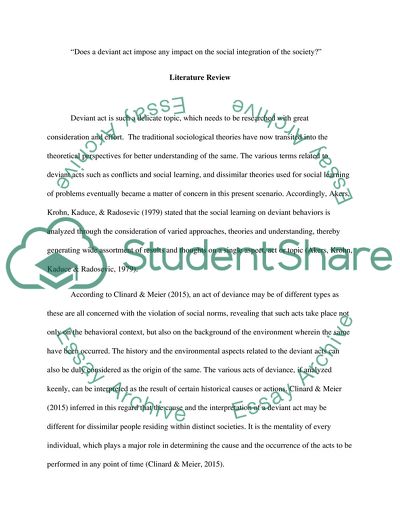Cite this document
(“Deviant Act: Timing People in Public in Real Life Essay”, n.d.)
Retrieved from https://studentshare.org/sociology/1701252-deviant-act-timing-people-in-public-in-real-life
Retrieved from https://studentshare.org/sociology/1701252-deviant-act-timing-people-in-public-in-real-life
(Deviant Act: Timing People in Public in Real Life Essay)
https://studentshare.org/sociology/1701252-deviant-act-timing-people-in-public-in-real-life.
https://studentshare.org/sociology/1701252-deviant-act-timing-people-in-public-in-real-life.
“Deviant Act: Timing People in Public in Real Life Essay”, n.d. https://studentshare.org/sociology/1701252-deviant-act-timing-people-in-public-in-real-life.


